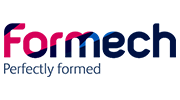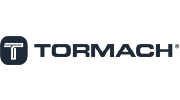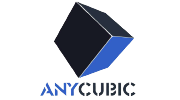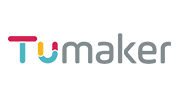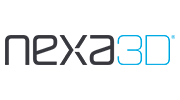How to Get Started with a Fab Lab: Tools, Training, and Opportunities
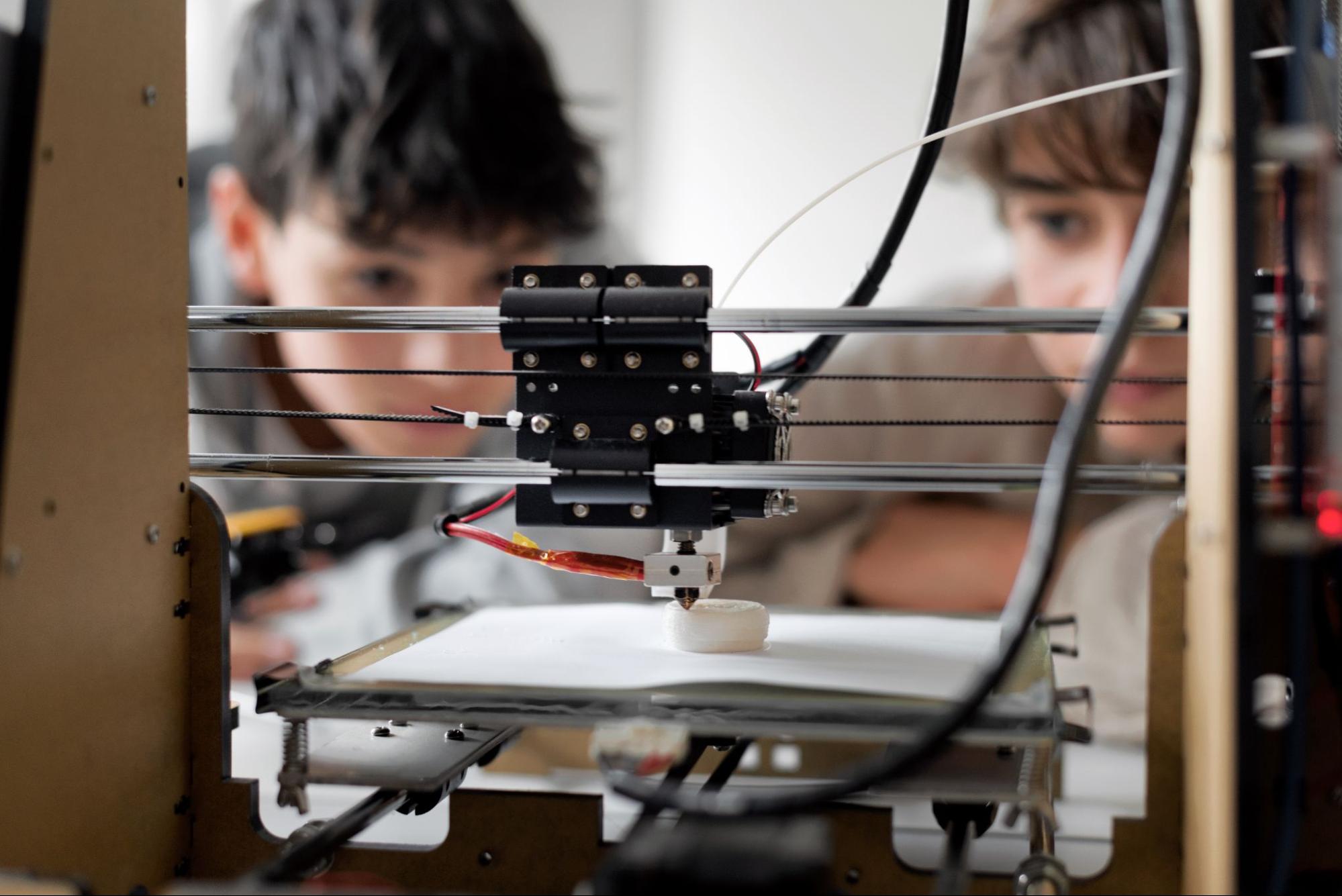
Ever had an idea for a product, gadget, or prototype but didn’t know how—or where—to bring it to life? That’s where Fab Labs come in—and the good thing is, you don’t need a tech background to explore what it can offer. Students, hobbyists, entrepreneurs, and designers are all welcome—and the process is easy to jump into.
Related: What is a Fab Lab? A Beginner’s Guide to Digital Fabrication Spaces
In this guide, we’ll walk you through everything you need to know—from the tools you’ll find inside a Fab Lab, to the training you’ll need, to the opportunities that might just launch your next big project.
On This Page
- What Makes a Fab Lab Different?
- Tools You’ll Find in a Fab Lab
- Beginner-Friendly Fab Lab Training: No Experience Needed
- Who Can Use a Fab Lab?
- Opportunities That Open Up When You Join a Fab Lab
- How to Find a Fab Lab in the Philippines
- Tips Before You Visit a Fab Lab
What Makes a Fab Lab Different?
Fab Labs are not just regular workshops. They’re designed to be accessible, collaborative, and educational. Unlike a traditional factory, Fab Labs are:
- Open to the public (most of the time)
- Focused on digital fabrication
- Equipped with open-source software and hardware
- Encouraging of experimentation and learning by doing
Whether you’re in a Fab Lab in the Philippines or one abroad, the core idea is the same: democratizing access to tools for invention.
Tools You’ll Find in a Fab Lab
One of the biggest reasons people visit Fab Labs is the access to high-end machines they probably wouldn’t have at home. Here’s a quick rundown of the standard tools you’ll likely find:
1. 3D Printers
These machines are used for creating prototypes, miniatures, and even final products using plastic and other materials. With the growing popularity of affordable 3D printing services in the Philippines, they’ve become an essential and accessible tool for students and entrepreneurs looking to bring their product ideas to life.
2. Laser Cutters
A fan favorite in every Fab Lab. These can cut and engrave materials like acrylic, wood, cardboard, and even leather with incredible precision.
3. CNC Routers
Ideal for larger, more durable fabrication projects using wood, foam, or metal. CNC machines help create parts for furniture, signage, and industrial designs.
Related: 7 Tips on How to Choose the Right CNC Router
4. Vinyl Cutters
Vinyl cutters are great for making decals, stencils, labels, and even custom t-shirts. They’re easy to use, which makes them a perfect starting point for anyone new to digital fabrication.
5. Electronics Workbenches
Many Fab Labs in the Philippines have dedicated electronics workbenches—special areas where you can work on circuits and build electronic projects. These are usually equipped with soldering tools, multimeters, breadboards, and microcontroller kits like Arduino and Raspberry Pi. Whether you’re building a smart device, testing a sensor, or experimenting with robotics, these stations have everything you need to get hands-on with electronics—even if you’re just starting out.
6. Computers with Design Software
From 2D CAD tools like Inkscape to 3D design software like Fusion 360 or Blender, these computers are where your ideas begin to take form.
Beginner-Friendly Fab Lab Training: No Experience Needed
Here’s the good news—you don’t need to be an engineer or designer to use a Fab Lab. Training is a key part of the Fab Lab experience.
Workshops and Certifications
Most Fab Labs offer introductory workshops for beginners. These usually include:
- Basics of 3D printing and laser cutting
- How to use design software
- Safety guidelines for using machines
In fact, many Fab Labs in the Philippines partner with local universities and LGUs to provide free training or skills certification programs for students and local residents.
Mentorship and Collaboration
One of the most underrated features of Fab Labs? The community. You’ll often find volunteers, mentors, or resident experts willing to guide you on your project—whether you’re troubleshooting a 3D print or brainstorming your next prototype.
Don’t be afraid to ask questions. Fab Labs are designed to be learning spaces.
Who Can Use a Fab Lab?
Pretty much anyone. From high school students building science fair projects, to startups designing MVPs (Minimum Viable Products), to professionals tinkering with product innovations.
Here are just a few types of people who benefit from joining a Fab Lab:
- Students – Build models, electronics, and portfolio pieces
- Entrepreneurs – Rapid prototype before investing in production
- Makers and Hobbyists – Learn new skills and meet fellow creators
- Designers – Experiment with materials and form
- Educators – Use it as a STEM (Science, Tech, Engineering, Math) learning hub
Related: How Fab Labs in the Philippines Are Transforming Education and Innovation
Opportunities That Open Up When You Join a Fab Lab
Still wondering if it’s worth it? Here are just a few ways Fab Labs can create real opportunities:
1. Prototype Development
Got a business idea? A Fab Lab can help you create and test a prototype without shelling out thousands for a manufacturer.
2. Portfolio and Skill Building
Whether you’re applying for a job or college, showcasing your hands-on projects built in a Fab Lab can make your portfolio stand out.
3. Startup Launchpad
Several startups have used Fab Labs as their innovation lab, testing out product ideas, getting user feedback, and even creating sellable products with the machines available.
4. Research and Development
Many universities in the Philippines use Fab Labs for R&D—developing disaster-resilient structures, medical tools, and even sustainable packaging.
5. Freelancing and Side Hustles
With access to tools and training, some people even turn their Fab Lab projects into side businesses—selling customized products, signage, art pieces, or electronics online.
How to Find a Fab Lab in the Philippines
Ready to get started? Here’s how you can find a Fab Lab near you:
- Search through the Fab Foundation’s global directory (fabfoundation.org)
- Visit your local DTI or LGU offices—many public Fab Labs are set up in collaboration with the
- Check universities or tech hubs—schools like the University of the Philippines and Cebu Technological University have active Fab Labs
- Look up “community Fab Lab in the Philippines” to see which ones are open to the public
Tips Before You Visit a Fab Lab
- Book in advance. Some Fab Labs require reservations or registration for training.
- Bring a USB or cloud access to save and load your design files.
- Start small. Try a simple vinyl cut or a keychain print before jumping into larger projects.
- Be curious! Explore what others are working on—you might find inspiration or a future collaborator.
Starting with a Fab Lab is less about knowing everything upfront and more about being open to learning and building. You don’t need to be a tech expert, just someone with an idea and the willingness to get your hands a little dusty.
Whether you’re in Metro Manila or exploring a Fab Lab in the provinces, these spaces are designed to support innovation, creativity, and community. So go ahead—sketch that idea, bring it to life, and maybe even turn it into something the world hasn’t seen yet.
Ready to get started? Find a Fab Lab in the Philippines near you and start building—your next big idea could be just a project away! Contact us today!


 3D Printing
3D Printing  CNC Lathe
CNC Lathe  Desktop Filament Making
Desktop Filament Making  3D Scanning
3D Scanning  CNC Milling
CNC Milling  Packaging & Labeling
Packaging & Labeling  Bandsaw Cutting
Bandsaw Cutting  CNC Router
CNC Router  Vacuum Forming
Vacuum Forming  CNC Industrial
CNC Industrial  CNC Surface Grinding
CNC Surface Grinding  Waterjet Cutter
Waterjet Cutter 
